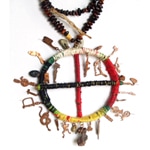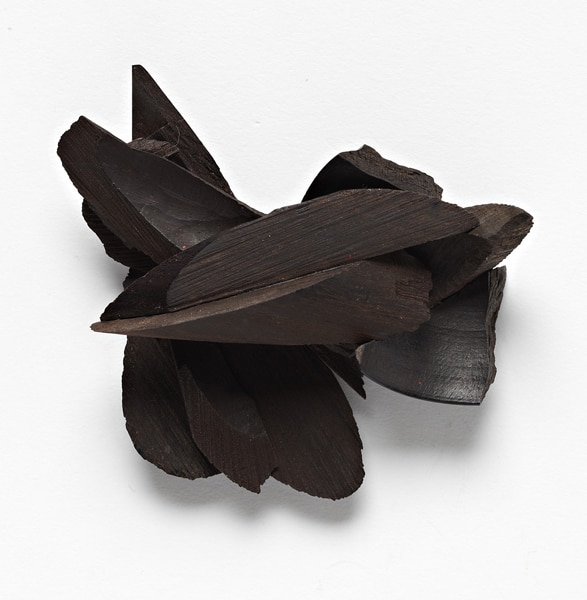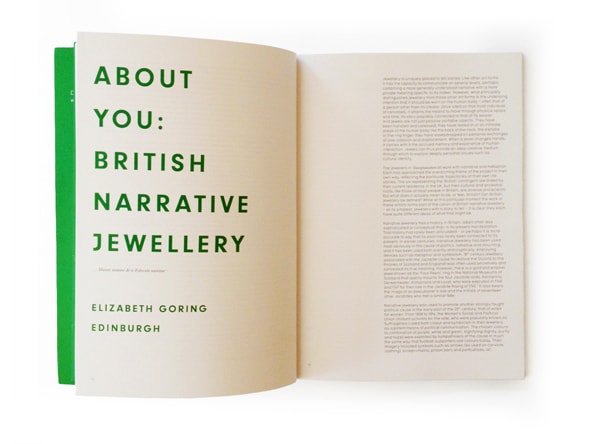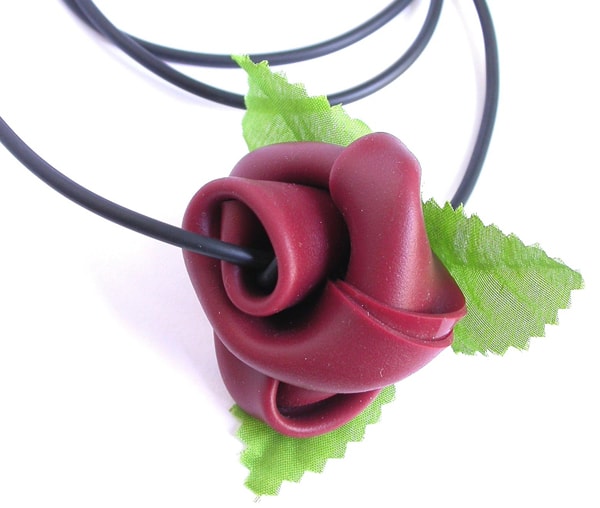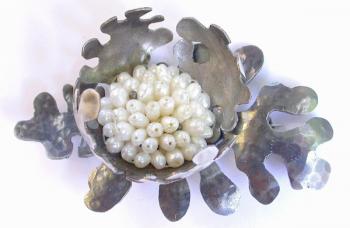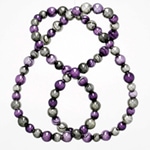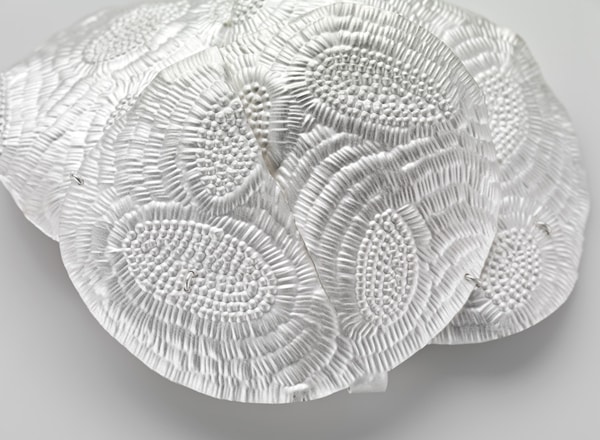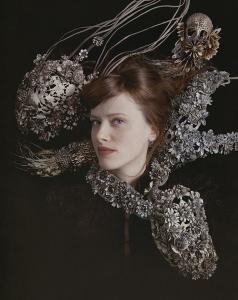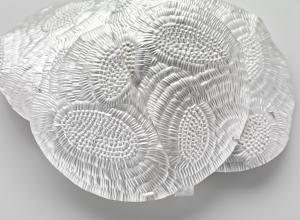 Julie Blyfield is intrigued with plant forms as many jewelers have been over the millennium. She is looking at Australian plants, and this gives her an edge on unusual shapes and patterns. Second Nature, her show at Gallery Funaki, is a very concise look at how plant patterns translate into silver.
Julie Blyfield is intrigued with plant forms as many jewelers have been over the millennium. She is looking at Australian plants, and this gives her an edge on unusual shapes and patterns. Second Nature, her show at Gallery Funaki, is a very concise look at how plant patterns translate into silver.
Susan Cummins: Can you give us the story of how you became a jeweler?
Julie Blyfield: My passion for jewelry and metal began in 1976. I was training to be a secondary school art teacher at Torrens College of Advanced Education at Underdale, west of Adelaide, in South Australia. (Now it is the University of South Australia, City West.) Carole-Ann Fooks was my jewelry lecturer. She introduced me to working with metal combined with mixed materials, such as bone, shell, and casting.
For many years, I taught jewelry making in secondary schools while making my own pieces at home in my spare time. I lived in regional South Australia when I first started teaching, so I had plenty of spare time to pursue my interest and passion.
Next, I returned to live in Adelaide and went back to night classes at Adelaide College of the Arts and Education to learn a few more skills, including enameling, chasing, and repoussé. In 1985, I enrolled in an associate diploma in jewelry making and joined Gray Street Workshop, a jewelry collective in Adelaide. I began as an access tenant, and then became a partner in the workshop that lasted 23 years.


